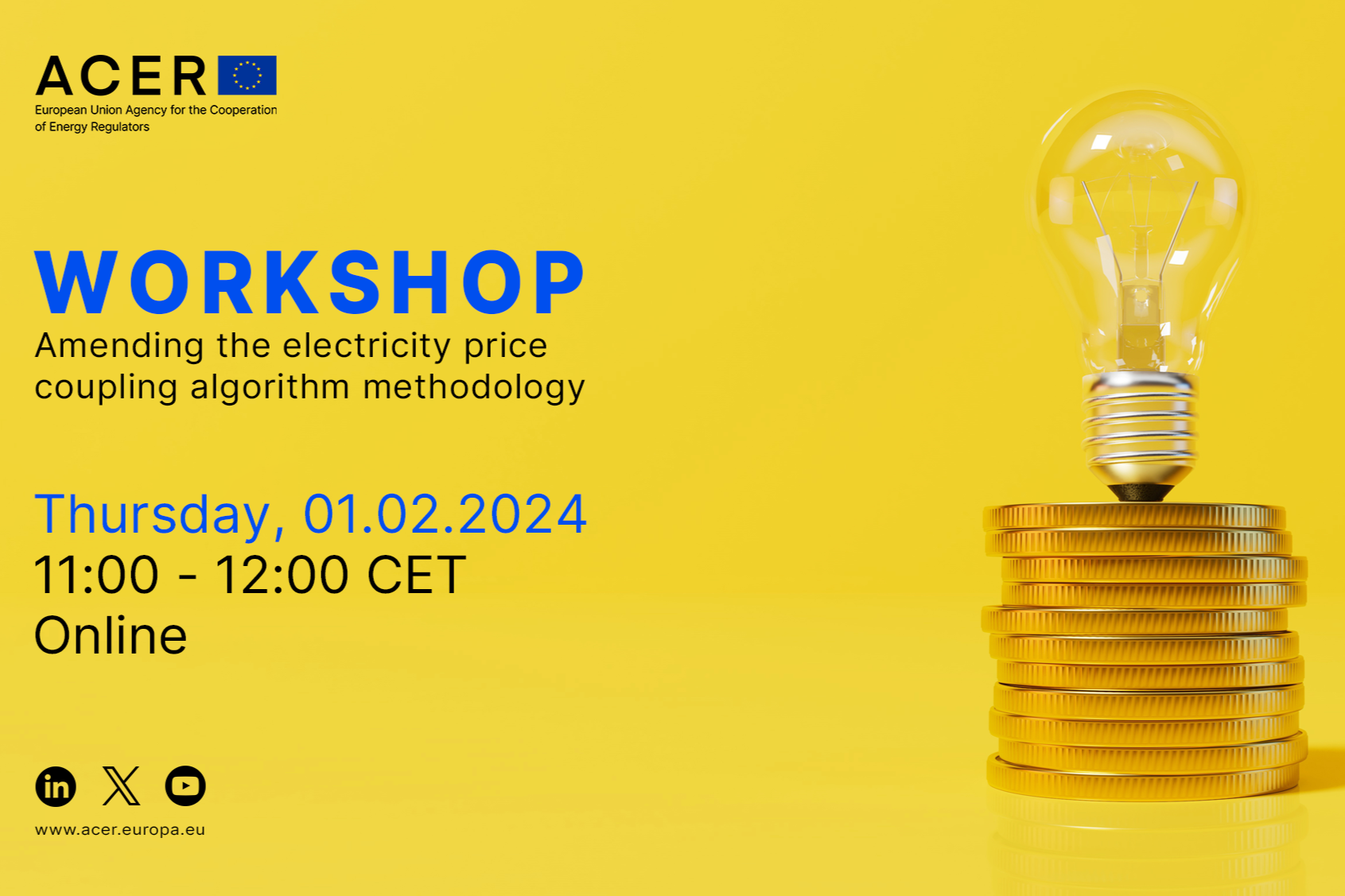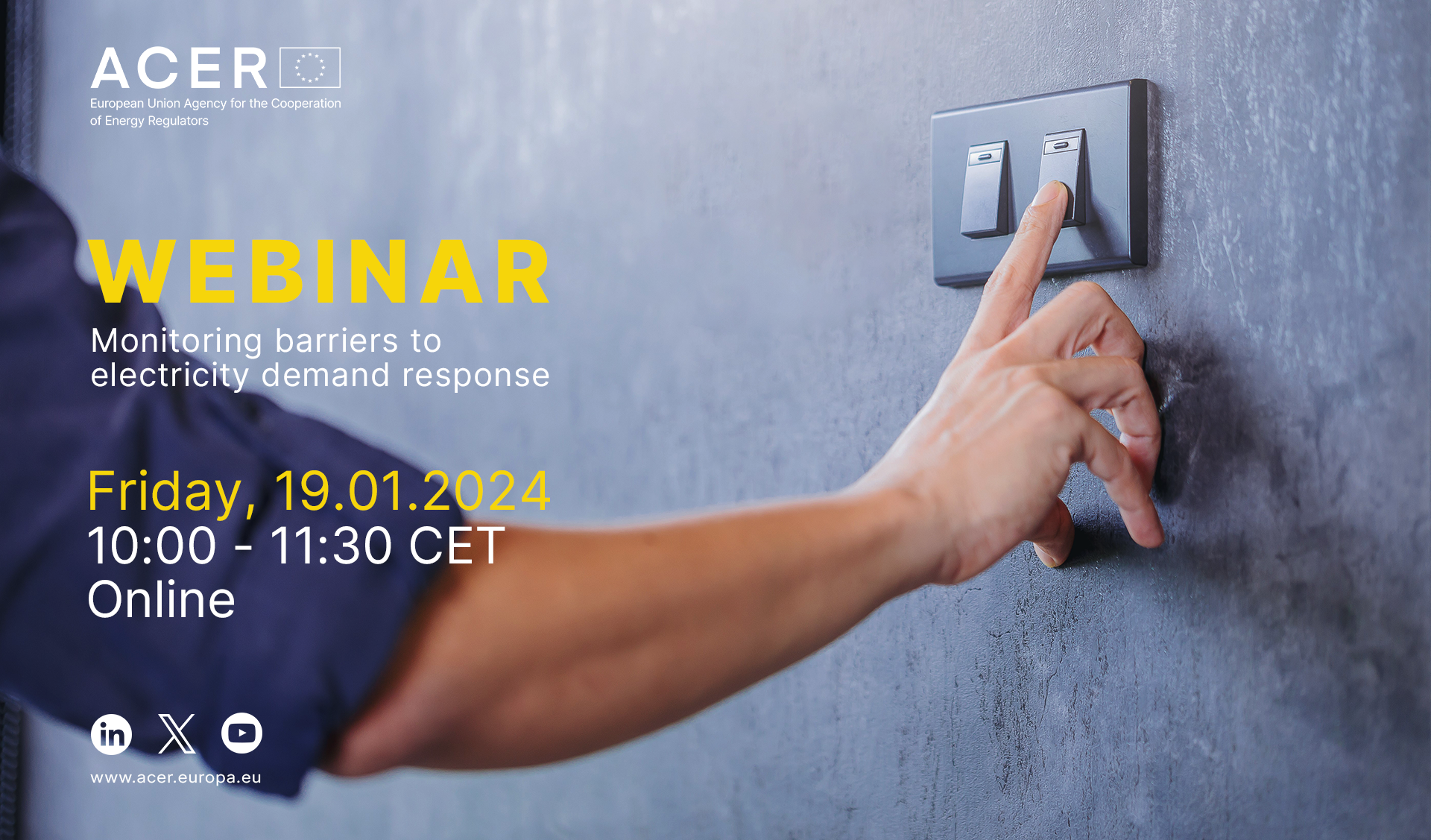ACER to decide on the changes to the Core and Italy North electricity capacity calculation regions

ACER to decide on the changes to the Core and Italy North electricity capacity calculation regions
What is it about?
On 30 November 2023, Transmission System Operators (TSOs) submitted to ACER their proposal for amending the definition of two European Capacity Calculation Regions (CCR).
What are the capacity calculation regions and why are they important?
CCRs define the geographic areas (i.e. by listing bidding zone borders) across the EU where TSOs coordinate the capacity calculation and other processes (i.e. subject to regional methodologies).
Currently, there are eight CCRs in Europe: Nordic, Hansa, Core, Italy North, Greece-Italy (GRIT), South-West Europe (SWE), Baltic and South-East Europe (SEE).
Having an efficient definition of CCRs benefits European consumers and producers:
- It allows TSOs to run regional processes related to capacity calculation, re-dispatch and countertrading more effectively.
- It optimises the provision of cross-zonal capacity, allows for more cross-zonal trade and ensures security of supply.
What is the proposed amendment about?
The TSOs are proposing to:
- merge the Core and Italy North CCRs to improve coordination and efficiency of capacity calculation and allocation processes in central Europe;
- include the Celtic interconnector (Ireland-France) to this newly merged region to facilitate Ireland’s further integration into the European electricity market.
Next steps
ACER will assess whether the TSOs’ proposals contribute to market integration, non-discrimination, effective competition, and the proper functioning of the EU electricity market.
To take an informed decision, ACER opened a public consultation and is inviting its stakeholders to submit their views by Wednesday, 10 January 2024.
ACER has six months to decide on the TSOs’ proposal. However, ACER is committed to reach a decision in three months, given the impact this might have on the electricity market.
Update of 21 March 2024: The Decision No 04/2024 and its Annexes have been uploaded here.





